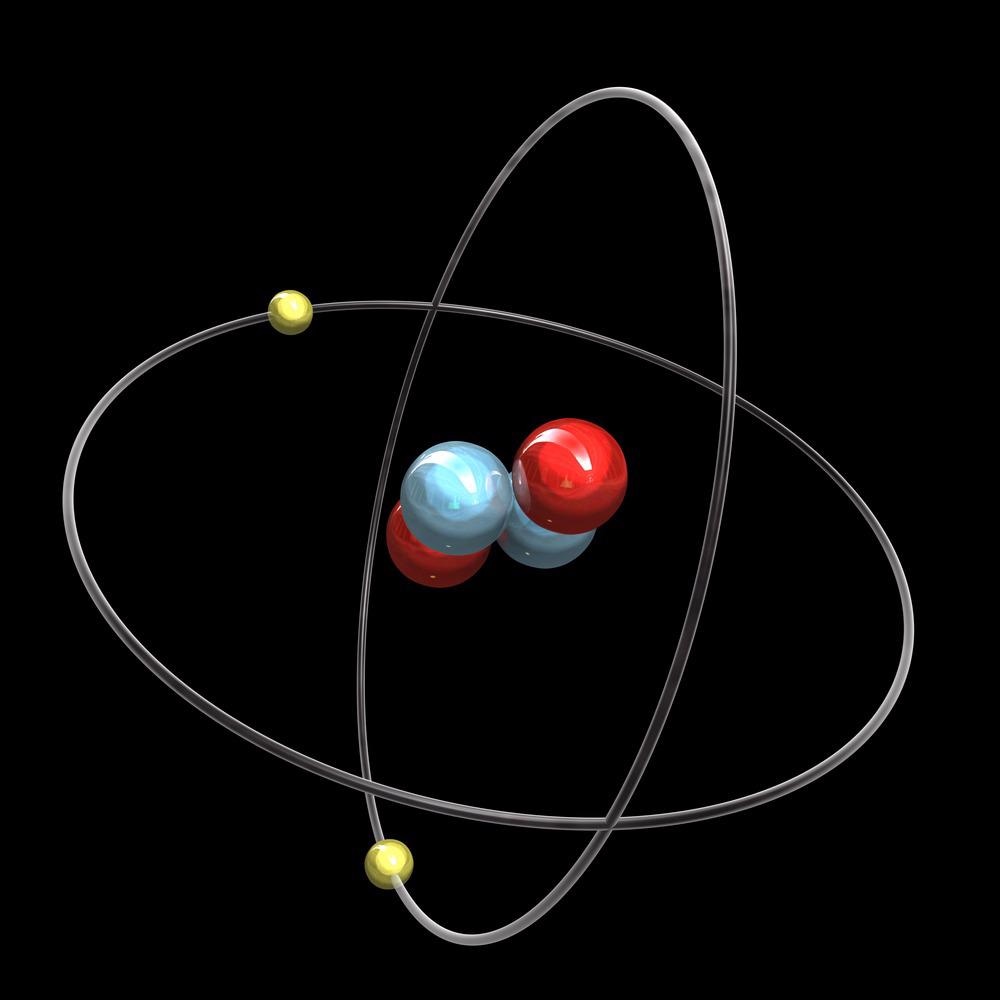The latest mathematical analysis performed by the ionization of a helium atom by an impacting proton has shown where differences emerge between experiments and present theoretical estimates of the process.

Image Credit: fzd.it/Shuttershock.com
When a fast-moving proton impacts an atom, one of its orbiting electrons might be removed, which leaves behind a positively charged ion. To gain better insights into this process, scientists need to examine distributions in the angles at which electrons travel when knocked away.
In the latest study reported in the journal EPJ D, M. Purkait and his collaborators at Ramakrishna Mission Residential College in India have determined specific regions where differences occur between the angular distributions quantified in theories and experiments.
The study outcomes could result in highly advanced calculations of this ionization process. Thus, optimized theoretical methods could be employed in areas as extensive as cancer therapy, plasma physics, and the development of the latest laser technologies.
Since new experimental methods are available, physicists can precisely quantify how the angular paths of discharged electrons will differ based on the energy of the electron and the momentum transmitted from the impacting proton.
Such distributions are explained in calculations called “fully differential cross sections” (FDCSs) —which are necessary to guiding theoretical models of the ionization process. But to date, theoretical calculations have always differed from experimentally achieved FDCSs in uncertain ways.
In their study, Purkait’s group examined the ionization of a helium atom by a proton impact. The scientists analyzed the process with the help of a “four-body distorted wave” (DW-4B) approximation because a helium nucleus consists of two protons and two neutrons.
With the help of this toolset, the researchers were able to estimate the deeply complicated interactions involved with simpler mathematics. This enabled them to explain the behaviors of the impacting proton and emitted electron in the electric field of the helium nucleus and how the position of the nucleus deforms in turn.
Comparing their study results with FDCSs quantified in recent experiments led the researchers to find that they agreed fairly well at high impact energies. There were evident differences only for intermediate-energy electrons and higher values of proton-electron momentum transfer. The team believes that their findings could enable enhancements to theoretical methods in future studies.
Journal Reference:
Jana, D., et al. (2021) Fully differential cross sections for single ionization of helium by proton impact. The European Physical Journal D. doi.org/10.1140/epjd/s10053-021-00160-1.